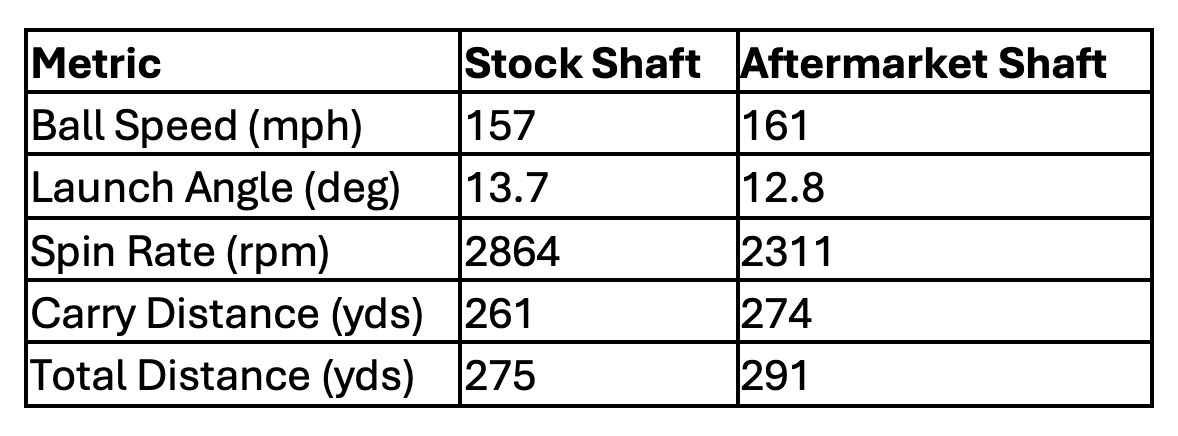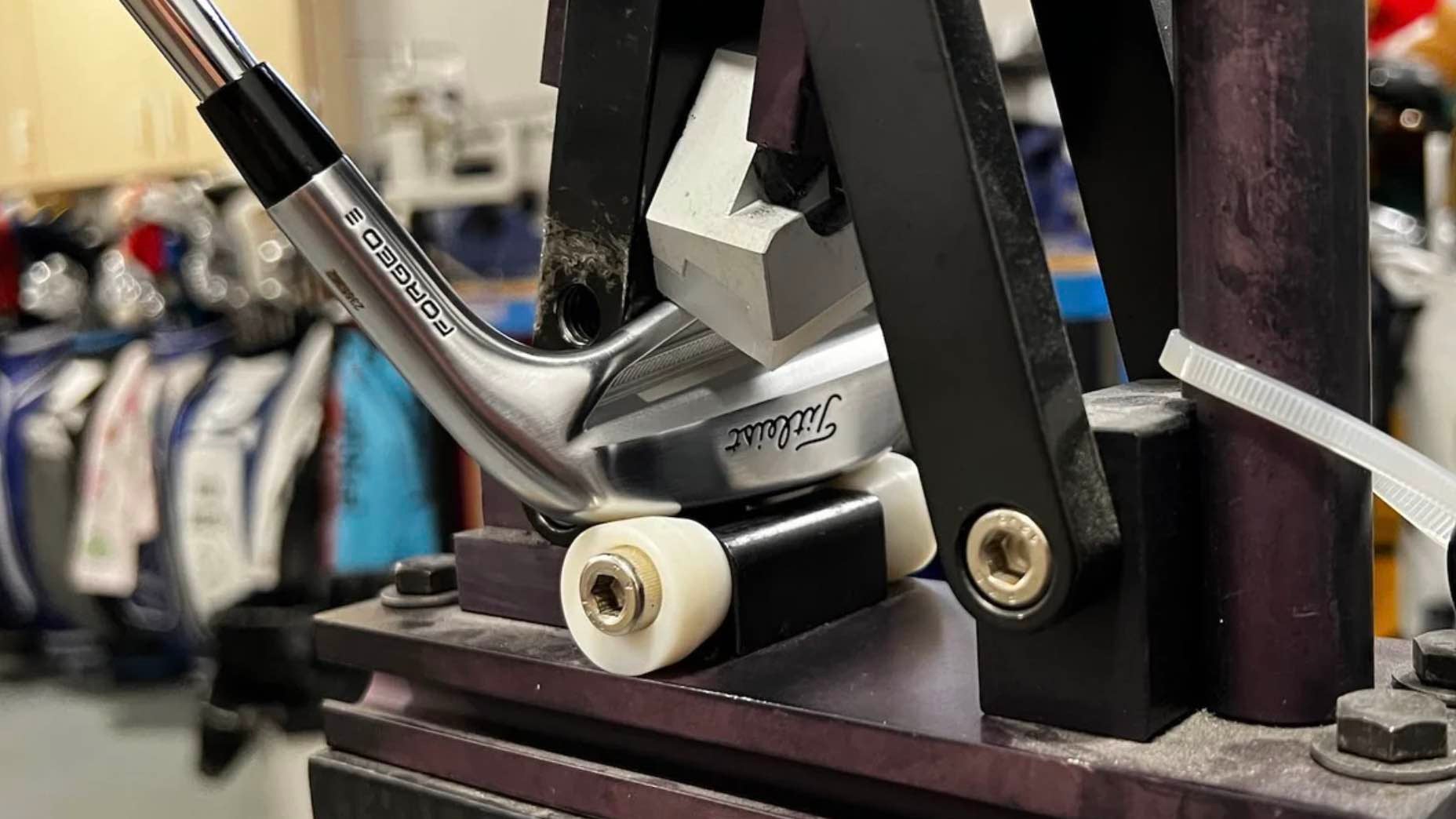It sounds like a simple question: Are stock shafts or aftermarket shafts best for your game?
But having fit players at all levels for more than 20 years, I can you tell you that this matter has long stirred debate, not to mention been a source of confusion and frustration. Amateur and recreational players get bombarded with marketing from head and shaft manufacturers, but few of those companies address the cost and performance differences between a “free” shaft and one that can cost you hundreds of dollars or even more.
Nearly all manufacturers offer a “stock” shaft or a variety of no-upcharge “stock but custom” options. But the consistency in these shafts — and their ability to perform as advertised — is erratic at best.
We get it. Golf equipment is expensive and, when buying a new driver, budget-conscious golfers might be reluctant to spend even more on an aftermarket shaft. But if you are already spending $600 on a premium driver or $1,200 on new irons, there also is a strong case to be made for ensuring you get the most from your gear, and that means getting fit for the right shaft.
Here is what to consider when making the shaft choice that’s right for you.
What to know about stock shafts (budget friendly option)
These are the no-upcharge shaft options that club companies provide. Typically, they will offer a few weight options and/or a few different launch profiles, but most are still targeted toward the masses and have limited choices to match your specific swing characteristics.
If you happen to get fit a stock shaft, be warned, the quality control in these mass-produced shafts is not a priority for the club manufacturers. Likewise, these stock offerings are made with lower quality materials and lack key tech offered in aftermarket shafts. For example, the Ventus shaft that came in the club you bought off the rack is not the same $350+ Ventus shaft with VeloCore that you see on Tour.
So, if stock shafts are built for the masses, who are the masses? Good question.
The average player swings a driver at less than 95 mph, benefits from a mid-launch and mid-spin profile and likes something in a 50- to 60-gram weight category. A stock shaft might work just fine for their games. Beginners or higher handicappers won’t necessarily benefit from an aftermarket shaft so need for them to spend too much on shaft tech, either. Same goes for casual golfers who don’t much care about the performance gains they could see from an aftermarket shaft. If this sounds like you, rock that stock shaft and play on!

True Spec Golf Club Fitting
What to know about aftermarket shafts (“performance-driven” option)
When it comes to aftermarket shafts, there really is no limit as to what is available for players looking to take advantage of the latest and greatest materials. Aftermarket shafts incorporate many materials and focus on quality control and consistency in every part. These shafts also offer a much wider array of weights, flex options and bend profiles that cover a full spectrum of players.
So, who should consider an aftermarket shaft?
If you describe yourself as a “feel player,” you absolutely should get fit for the shaft that complements your swing and delivery. If you are swinging the club with above average speed (think 105+ mph), you should take advantage of the better-quality materials in an aftermarket shaft.
Total speed isn’t the only factor to consider, though — you also could have a fast transition or change in direction in your swing and benefit from an aftermarket shaft with a firmer handle section and lower torque. High-launch and high-spin players see more consistent results by upgrading their shafts. Premium shaft materials are usually found in the mid-section and tip-section, which is why you can dial in your desired performance characteristics with the appropriate aftermarket shaft.
I decided to put the stock vs. aftermarket debate to the test. The results weren’t a surprise, but I wanted to paint a better picture of what a difference the right shaft can make.
What I tested…
Head: PING G440 LST 10.5
Ball: 2025 Titleist Pro V1x
Performance Comparison (15 shots each):

While I am no Tour-level player, the price of the aftermarket shaft is well worth it for me to see another 13 yards of carry, 16 total yards and more consistent ball speed and dispersion. Think about it — that’s almost two less clubs into the green! So, next time you’re at the range and wondering if you are leaving both distance and control on the table, it might be time for a shaft upgrade.
Need help finding the right shaft for your game? Consult a fitter at your local True Spec Golf.









